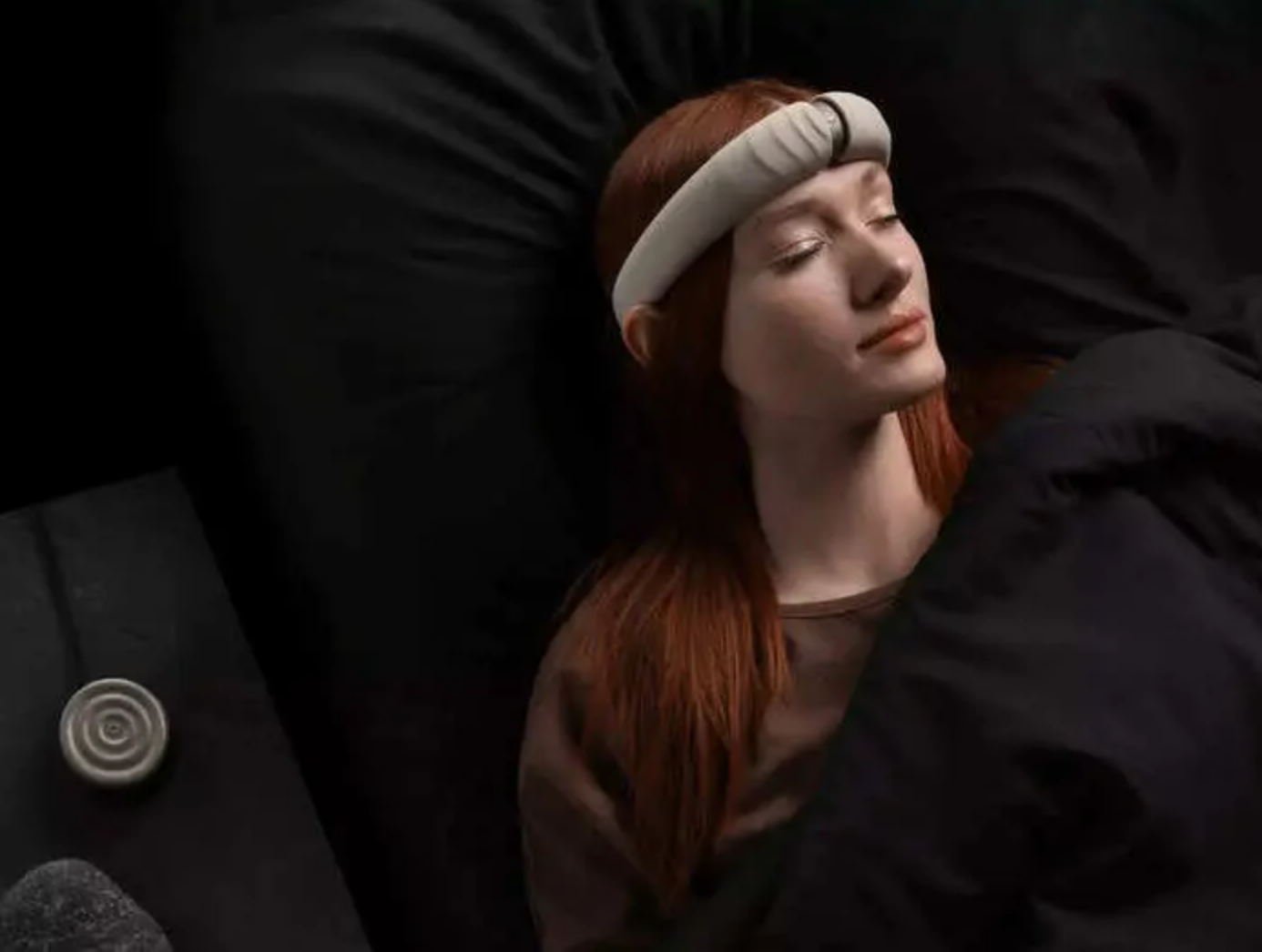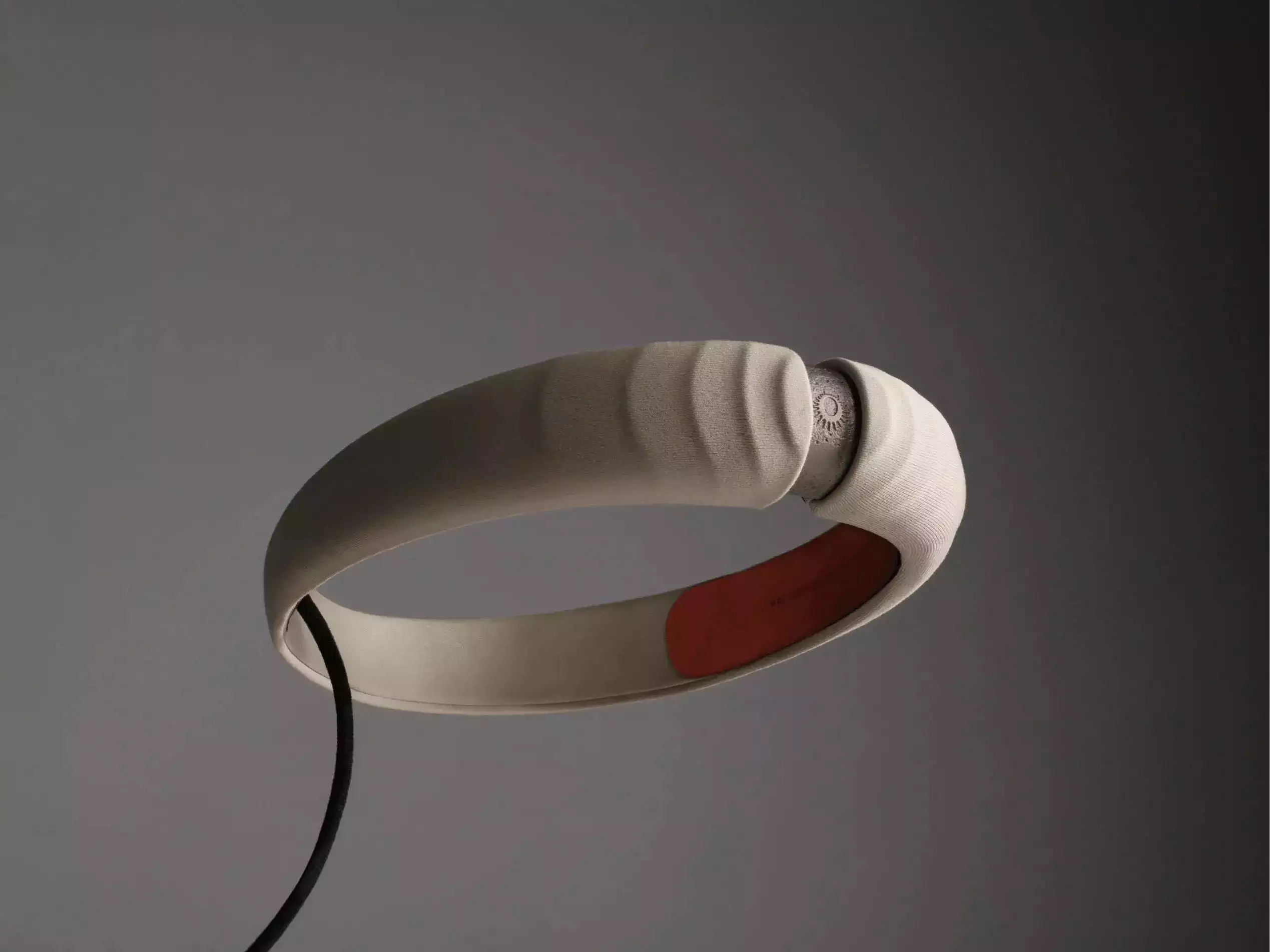Unlocking Lucid Dreams
Imagine soaring through the sky, conversing with historical figures, or confronting your deepest fears—all within the realm of your dreams. The Halo headband, developed by Prophetic, claims to turn this dream into reality by inducing and stabilizing lucid dreams, offering users unprecedented control over their nocturnal adventures.
The Science Behind Halo
How does it work? Halo combines ultrasound, pulse controls, and an AI model called Morpheus-1. Operating during Rapid Eye Movement (REM) sleep, the headband gathers EEG data and applies transcranial ultrasound stimulation, triggering lucid dreams. This phase, associated with profound sleep, not only induces lucid dreams but also provides valuable insights into users’ sleep fitness, offering feedback on sleep patterns and quality.
The Price of Dreams
Priced at an anticipated $2,000, the Halo headband is open for reservation with a refundable $100 deposit. Prophetic aims to commence shipments in 2025, marking a significant leap forward in sleep technology. However, the hefty price tag raises questions about accessibility, making it more of an investment for enthusiasts than the average dream explorer.
Ethical Considerations
While the concept is intriguing, notable concerns arise. The scientific effectiveness and long-term impact of Halo lack extensive research. Additionally, ethical concerns emerge due to the headband’s ability to manipulate dreams, sparking questions about potential misuse and its impact on mental well-being.
A Glimpse into Tomorrow
Halo offers a fascinating glimpse into the future of sleep technology with potential applications in treating phobias and enhancing creativity. Although not quite an “Inception” scenario, it blurs the lines between science fiction and reality, pushing the boundaries of the human mind’s exploration. Only time will reveal if this headband truly unlocks the secrets of our dreams.
Nidhi is a gold medalist Post Graduate in Atmospheric and Oceanic Sciences.








